
When you see an SSL connection error on your Google Chrome, there is a great chance that you aren’t getting any network connection. This problem stops here and now. In this post, we will be showing you how to solve this irritating problem in step-by-step guidance.
What are the causes of SSL connection errors?
- Incorrect computer data and time settings
- Mismatched SSL certificate name with the domain name
- Untrusted, outdated or unauthorized SSL certificate
- Antivirus or firewall protection
- Webpage containing some insecure data
- Browser problem
How to Fix SSL connection error?
Here are 5 fixes for you to try. You may not have to try them all; just work your way down and find the one works for you.
1: Check Date and Time Settings
2: Use Default Chrome Options
3: Change Chrome Settings
4: Update Browser to The Latest Version
5: Disable Third Party Antivirus Program
NOTE: Causes related to SSL certificates should be the concern of the website administrators. We will cover what we can do on our side only.
1: Check Date and Time Settings
As mentioned above, incorrect date and time could be one of the causes of this error.
1) Right-click the date and time section at the bottom right corner of your PC desktop, then click Adjust date/ time.
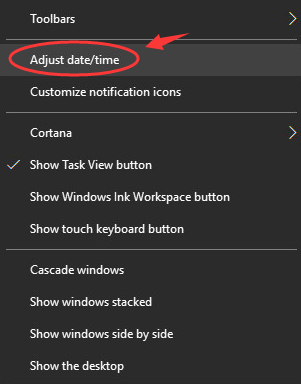
For Windows 7 users, click the time and date section and Change time and date settings….
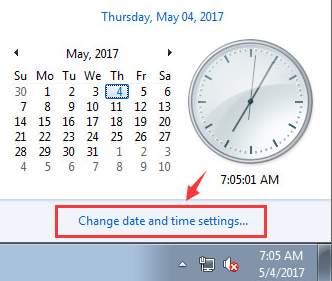
2) Update your date and time to your current time zone.
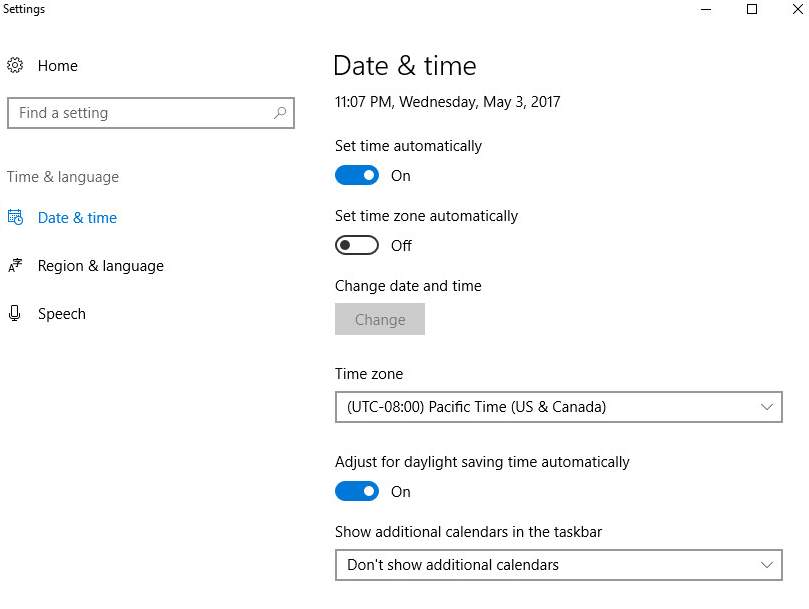
Try your browse now to see if the problem persists.
2: Use Default Chrome Options
1) Right-click the Google Chrome browser shortcut on your desktop and click Properties.
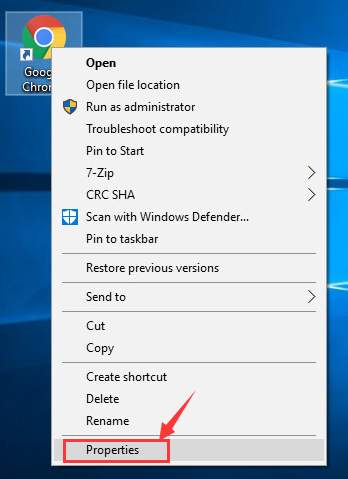
2) In Target slot, make sure the file name ends with \chrome.exe-ignore-certificate-errors. Then click Apply and OK to save and exit.
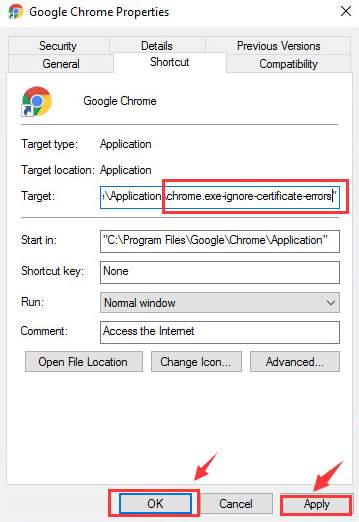
3: Change Chrome Settings
1) On your Google Chrome main page, click the Settings icon on the top right corner, then click Settings.
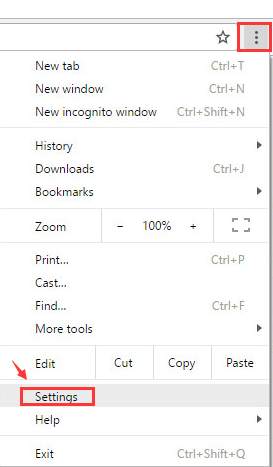
2) In the search box, type network. Then click Change Proxy Settings under the Network section.
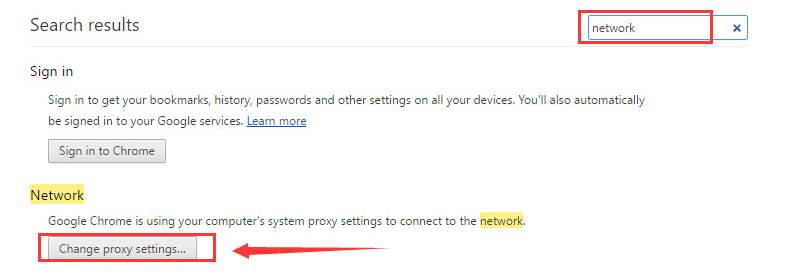
3) Go to Security, and toggle the bar in the Security level for this zone to Medium-high. Then click Apply and OK to save the change.
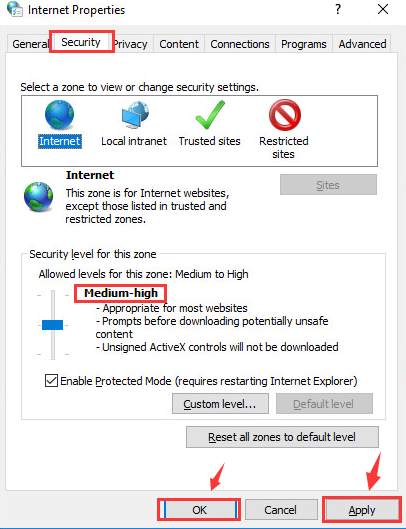
4) Go to the Content tab, and click the Clear SSL state button. Wait for the process to finish, then click Apply and OK to save the change. Restart your browser.
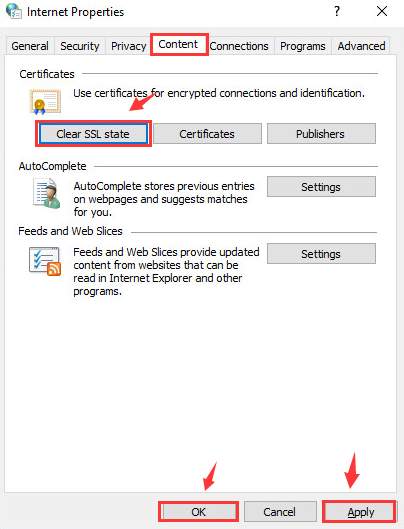
4: Update the Browser to The Latest Version
1) On your Chrome browser, click the setting icon on the top right corner, then click Settings.

2) On the left side of the web page, click About. See if your browser is at its latest version. If newer version is available, upgrade it.
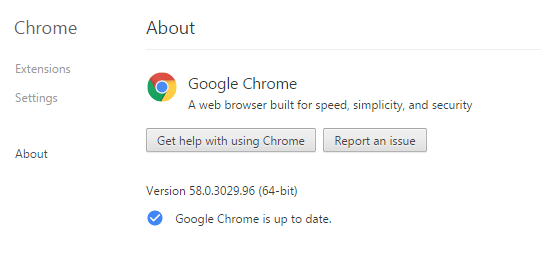
5: Disable Third Party Antivirus Program
One of the causes of SSL connection errors is the protection by your antivirus program or firewall. If possible, please consider disabling them temporarily to see if the problem is resolved.





